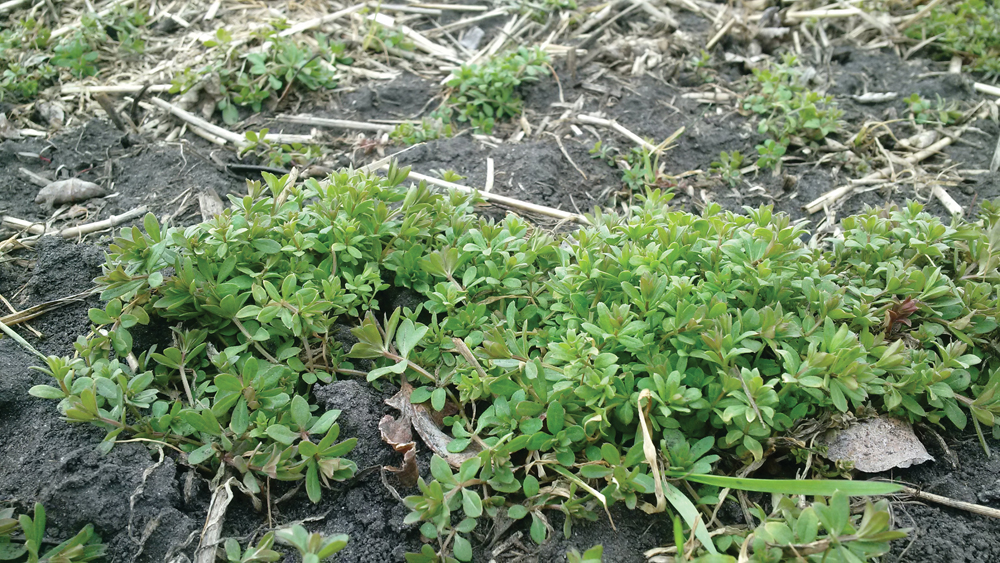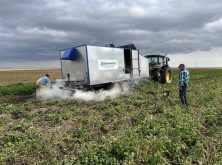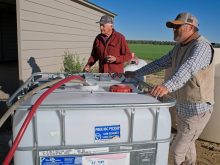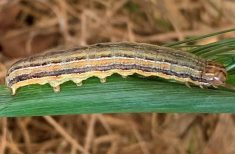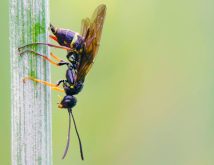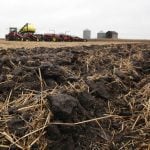Whether you’re telling a joke or treating a weed, timing is critical. And as anyone who has failed at weed control will confirm, it’s no laughing matter. Once you let weeds gain a foothold they can soon get out of hand, so it’s crucial to identify the life cycle of the weeds in your field and treat them accordingly.
“For winter annuals, you need to get control of them in the fall,” said Breanne Tidemann, research scientist at Agriculture and Agri-Food Canada. “If they overwinter and continue to grow in the spring, they will have a competitive advantage over your crop as they’re already established.”
Read Also
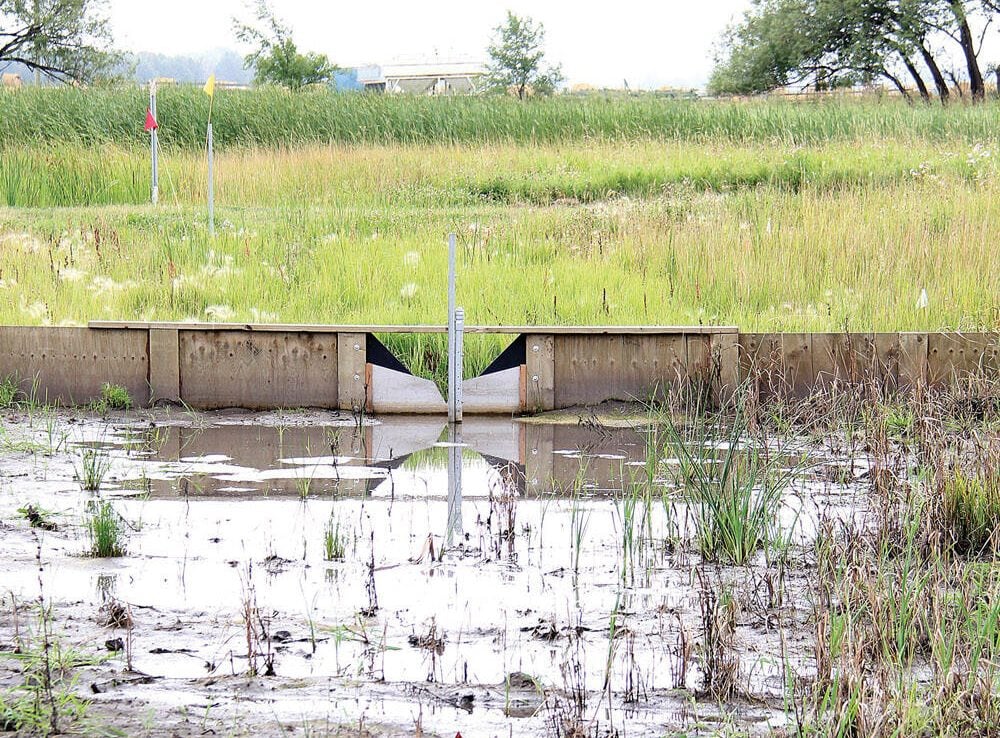
Bioreactors in tiled fields could themselves benefit from draining
Bioreactors are meant to filter nitrogen from tile water and reduce extra nutrient running off int0 local rivers and lakes, but drying them out from time to time might increase their effectiveness.
It’s also important to get them when they’re actively growing and photosynthesizing; a warmer, sunnier day is best.
Timing it right with winter annuals can be tricky according to Jeanette Gaultier, provincial weed specialist with the Manitoba Department of Agriculture.
“We generally recommend fall as the smaller the weed, the better your control,” said Gaultier.
But as she pointed out, the longer you wait, the more weed flush that comes through.
“While waiting is a good rule of thumb to maximize your herbicide application, you really need to focus on the weed stage,” said Gaultier. “A lot of winter annuals start to germinate throughout the growing season. If weeds are getting bigger you’re probably better off to get out there and start spraying.”
As for which winter annuals you’ll have to contend with, it depends on the area. Some that Tidemann sees regularly are shepherd’s purse, stinkweed and the one she calls her “pet nemesis”: cleavers.
“Cleavers can be tricky because they are both a spring and winter annual, so you need to be especially vigilant with them since control options in some crops are limited,” said Tidemann.
A frosty reception
Although for many Canadians, winter is the enemy, it can be your best friend when you’re fighting annual weeds.
“For most annuals, you want to target them with a pre-seed burn off, pre or post-emergent herbicide application or tillage pass,” said Gaultier.
“Other annual weeds like volunteer canola, kochia and green foxtail are flushing weeds that germinate in the spring or early summer. If they haven’t set seed by the end of the season, just let them be and the frost will take care of them. Winter isn’t good for much, but it can do wonders on mosquitoes and annual weeds.”
Making that spring versus winter annual distinction isn’t always easy, but it’s well worth the effort.
“If you’re dealing with a spring annual, you might not spend the time and money to control it in the fall as winter will do that for you,” said Tidemann. “Knowing what weeds you have and which ones will overwinter is the secret to knowing when to control them.”
To make that distinction, Tidemann recommends using weed identification books that often pinpoint overwintering weeds or going online to gather biology and life cycle information.
Also, details on herbicide application can be gleaned from the Guide to Crop Protection in Manitoba and Saskatchewan or the Blue Book in Alberta.
“These guides will help ensure that you’re putting on the right products at the right rate, as you don’t want fall weed control decisions to negatively impact subsequent crop rotations,” said Gaultier.
She stresses the need to base herbicide choices not only on the weeds you’re dealing with today, but also on what you’re planning to put in next year.
As with the perfect one liner, making the right choices for weed control is largely about timing. Get that right, and you’re bound to have the last laugh at harvest time.


